You don’t have to be living in Denmark long before you start puzzling at some of the things that pass for normal, so, half in jest we asked The Local’s readers for what they think are the most “Danish” things in existence. This is what they came up with.
The most Danish foods in existence
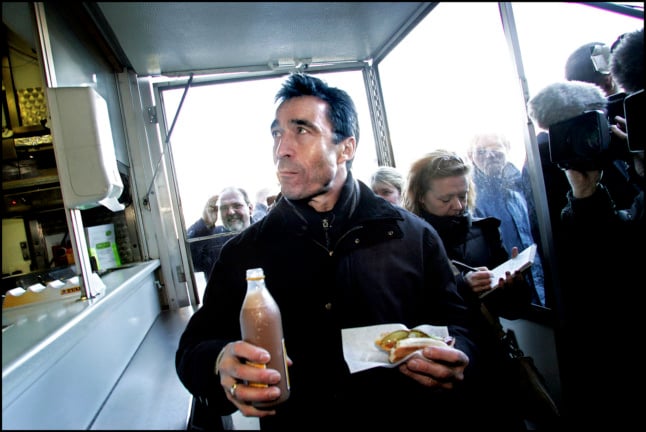
Pølser og cocio, or “hot dogs with chocolate milk” wins The Local’s choice of most Danish food.
It turns out that Cocio, the chocolate milk brand now owned by Arla, began selling its milk through Denmark’s hot dog carts back in 1953.
The collaboration was broken off in 2011, with the Sausage Sellers Association instead launching Pølsemandens egen Chokolademælk, or “The hot dog man’s own chocolate milk”.
Many other suggestions were either hotdog or chocolate-based, with “gourmet hot dogs” and pålægschokolade, the thin slices of chocolate Danes love to put on bread for breakfast getting several votes, so the sausage and chocolate combination was the natural winner.
Danish Rugbrød, or rye bread, of course came a close second as the most “Danish” food imaginable. As we recently wrote, most Danes eat it every day.
Other contenders on the savoury side included frikadeller sandwiches from Føtex, remoulade, and stegt flæsk med persillesovs (pork with parsley sauce).
Lakridsis, or “licorice ice cream” is a strong contender for the most Danish ice cream, combining as it does the Danish love of licorice (which got many mentions as the most Danish food), and the ice cream that Danes consume in huge quantities from chilly spring to overcast autumn.
One respondent suggested “enormous ice creams all year round coated in chocolate dust” as something super Danish.
While many mentioned “bakeries” and “delicious pastries”, the best contender for the most Danish of all confectionaries was probably Brunsviger cake, the vanilla and brown sugar slab from the Danish island of Funen, although Æbleskiver, the fluffy donuts which, despite the name contain no apple, came close. Others mentioned Feriekage.
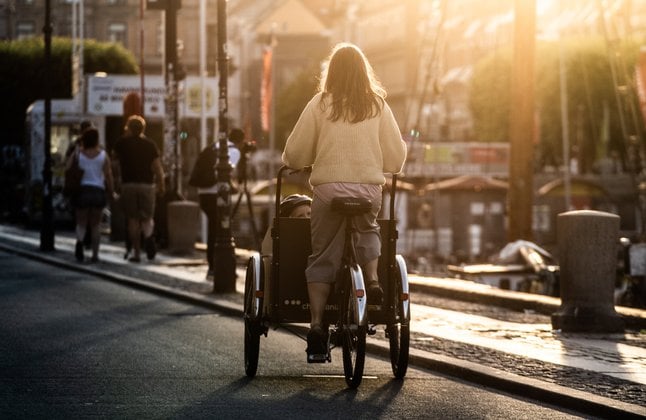
The most Danish things or places imaginable
Two single quilts on a double bed, (or even two mattresses). As The Local explained in a previous article, while Danes like to be close to those they love, they also like to have some distance.
Christianiacykel. Combining the Danish love of bicycles with Danish childcare, you will see these box bikes whizzing around Danish towns and cities every morning and afternoon, more often than not overloaded with children, shopping, and sometimes even the family dog.
A summer house in the dunes by the sea. Danes love holidaying in Denmark and, according to several readers, nowhere could be more Danish than a house among the dunes in western or northern Jutland.
Kolonihave. The combination of well-tended tiny gardens, abundant hygge, and a certain lack of flashiness makes these tiny getaway cottage allotment areas on the outskirts of cities uber-Danish.

The most Danish ways you could imaginably behave
Shops covered in Dannebrog flags for their ‘birthdays‘. This reader suggestion sums up Danes’ wish to stick their beloved flag everywhere, particularly when celebrating birthdays, even if it’s just for the birthday of a shop.
“Let’s place tiny flags in front of the house as well, so people know we are celebrating a birthday but we did not invite anyone”, another respondent also complained wryly.
“Having plans for New Year’s Eve from 1st January”. Several respondents mentioned Danes’ obsession with filling up their social calendars months and months in advance, as well as their uncanny ability to know whether it’s week 33 or week 37 at all times.
Danish respondents seemed to think “sarcasm and dark, biting humour” was particularly Danish, although this was a trait that seemed to strike foreigners in the country a little less.

The most Danish ways to dress
Grey, black and beige. “Dressing all in black 24/7, even when the sun is out,” is, one respondent suggested, very Danish. He wasn’t the only foreigner picking up on Danes’ reluctance to wear colours, with many noting the popularity of grey, black and beige. It’s quite noticeable that Danish male politicians and businessmen all seem to wear the exact same slightly tight dark suit (see picture above).
Short trousers (or even shorts) in winter. “Going for a jog in shorts no matter if it rains or snows or if it is way too warm,” struck one respondent as Danish, whereas another pointed out that Danes love “wearing pants that only go to your ankles no matter how cold it is outside”.
Bare feet in the office. While they may be conventional, Danes like to be comfortable and informal.
Sandals with socks was also mentioned as a distinctly Danish clothing combination.
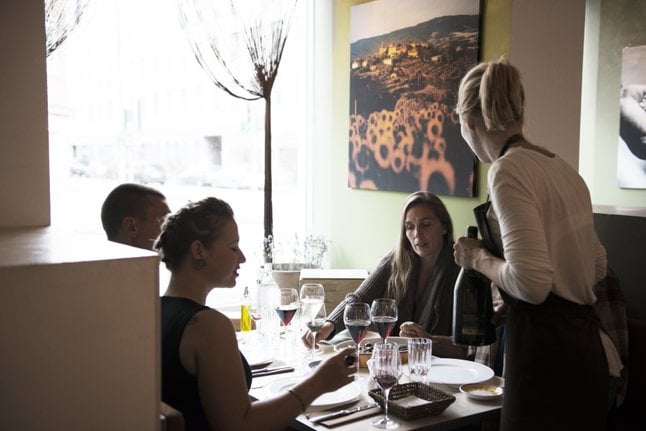
The most Danish things you can say
Tak for mad, thanks for the food, got a lot of mentions, obviously, although is thanking people for a meal really so unusual? Danes certainly do it a lot.
Others zeroed in on the phrases hvad så eller hvad, meaning roughly “so what?”, as framing a particularly Danish nonchalance.
The versatile interjection nå, which can mean anything from “please go on” to “aha!” through being an expression of mild scepticism, also got a mention.
Some foreigners felt that asking Hvor meget kostede det?, “how much did that cost”, or inquiring about someone’s salary was particularly Danish.

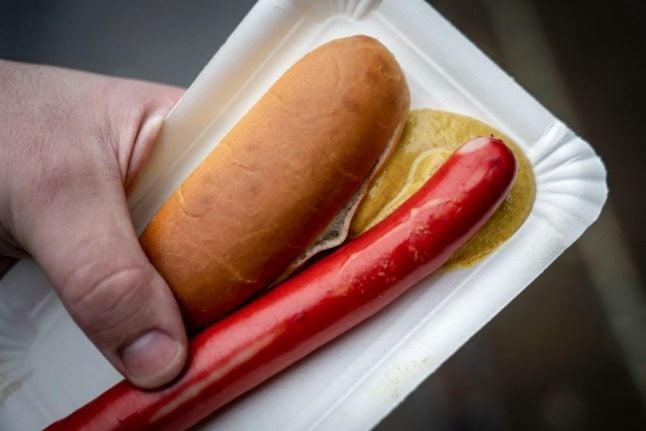
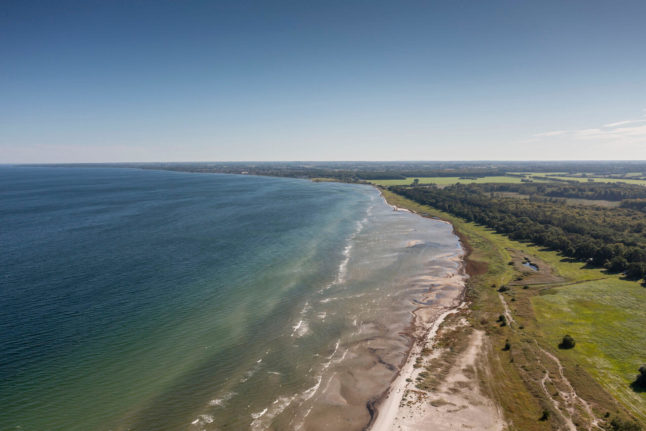
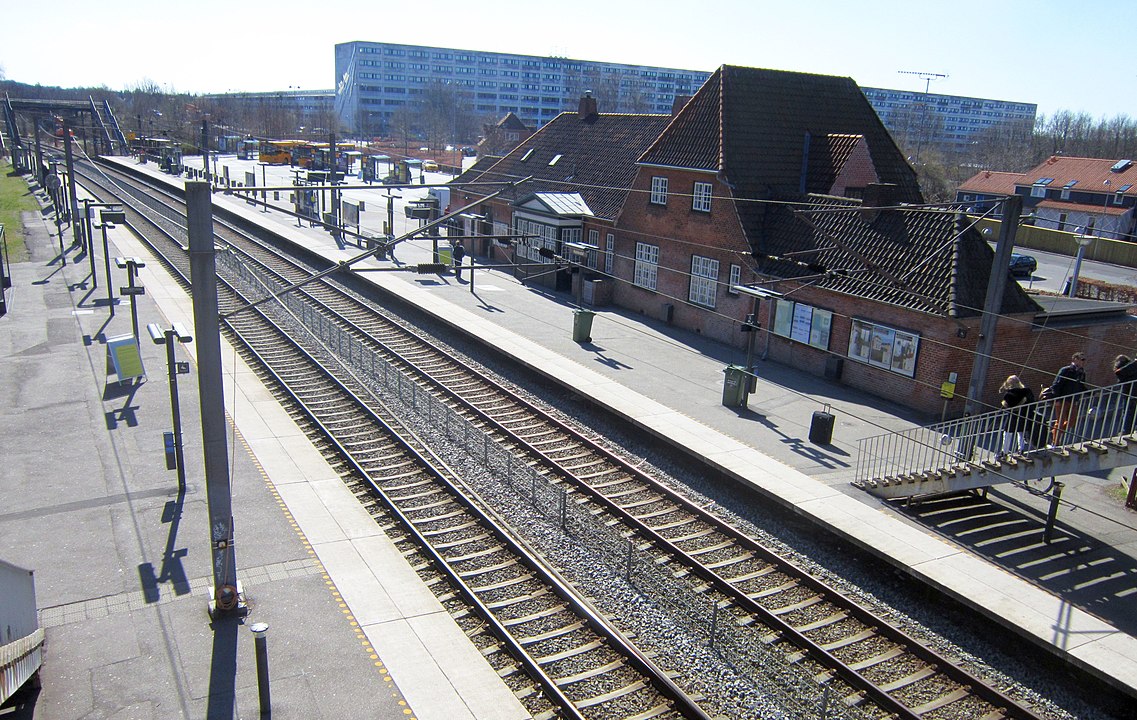
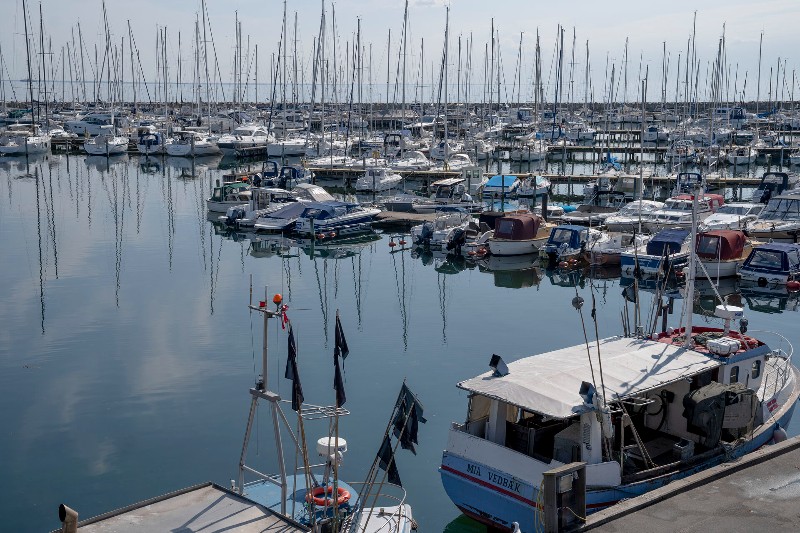
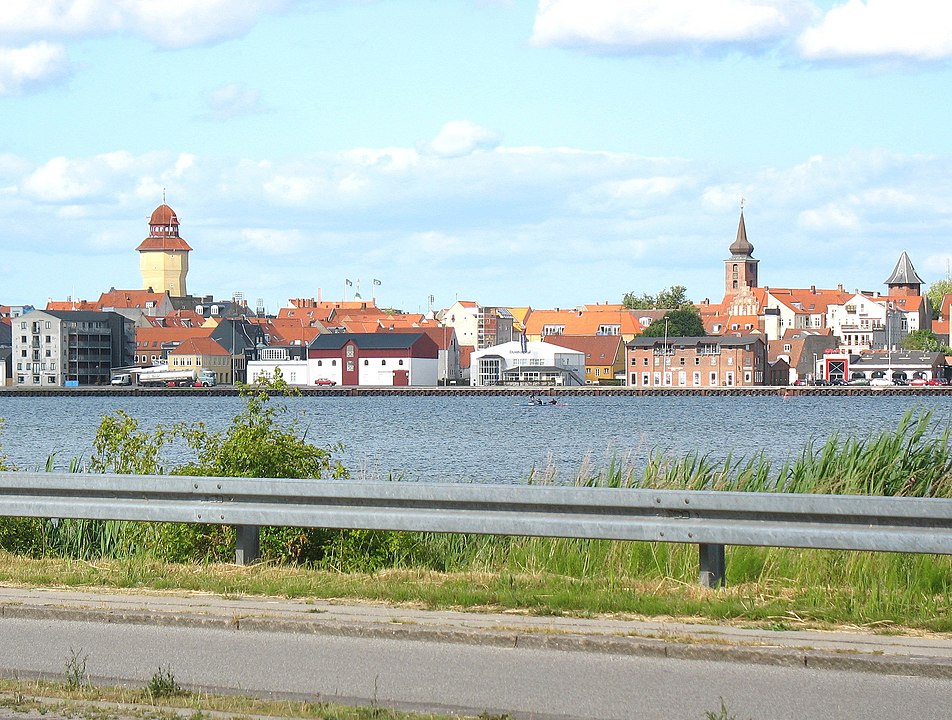
 Please whitelist us to continue reading.
Please whitelist us to continue reading.
Member comments